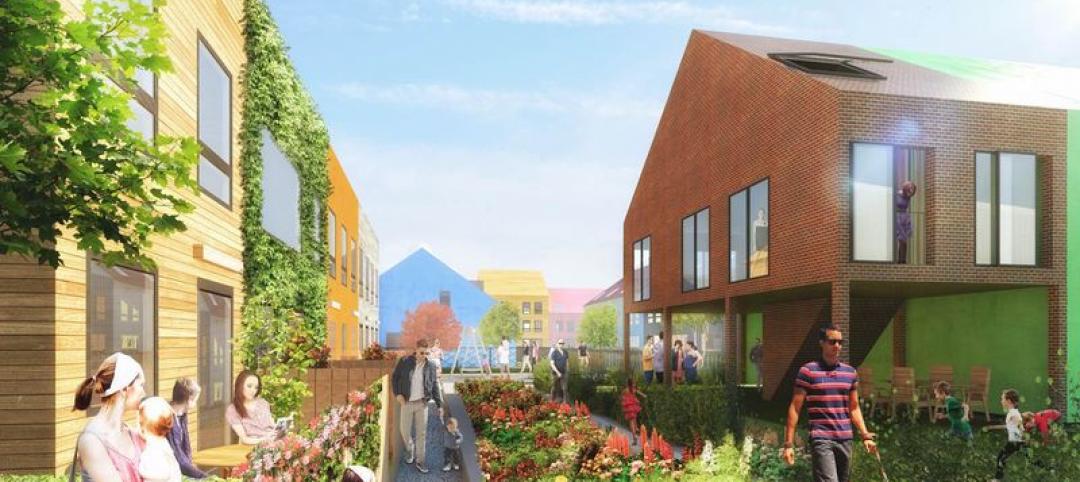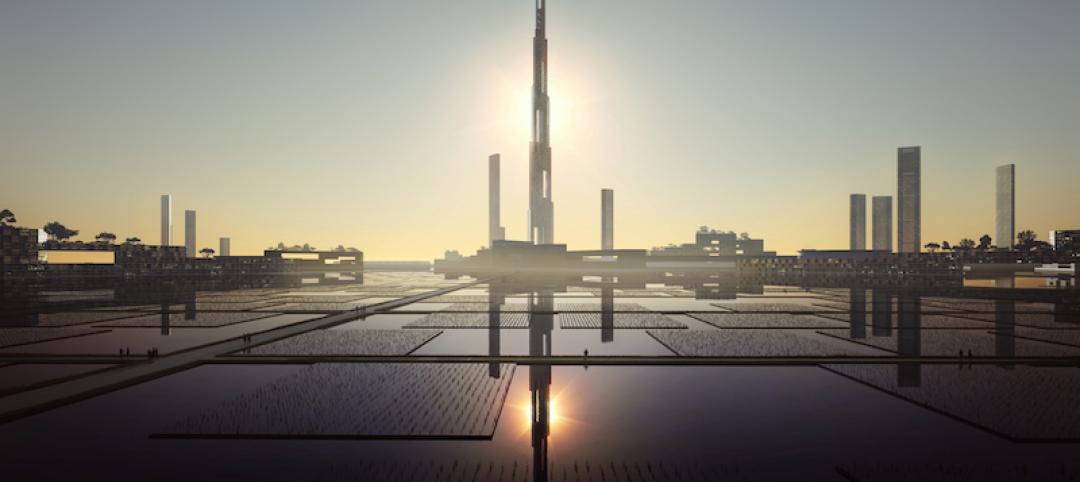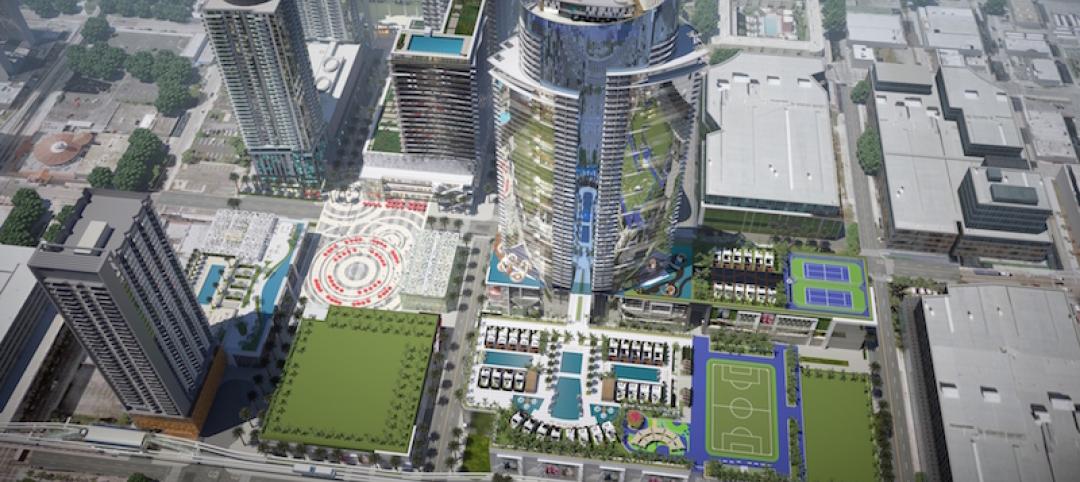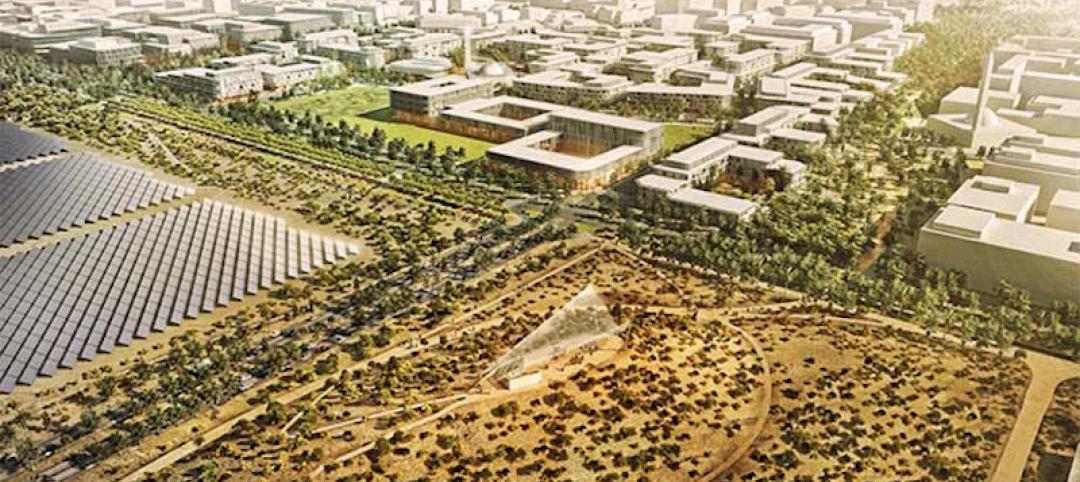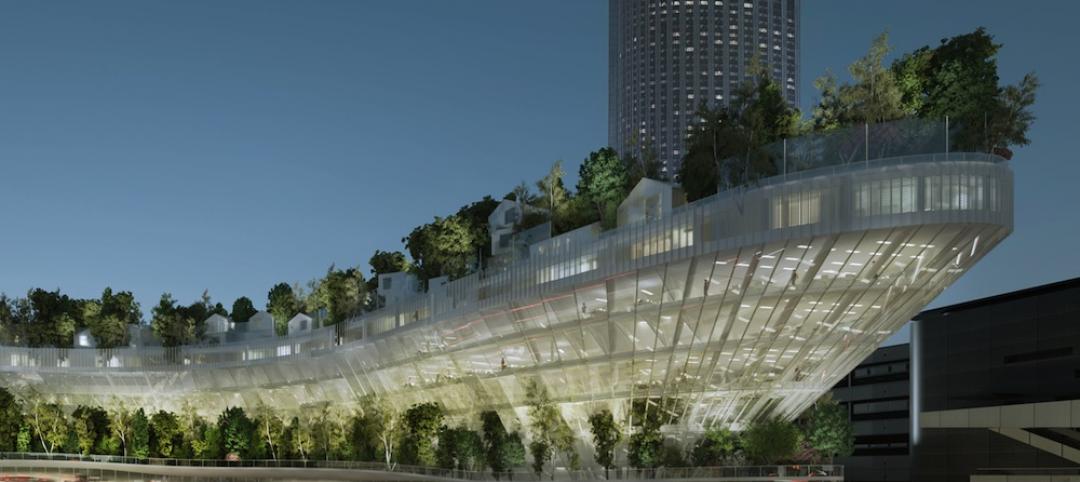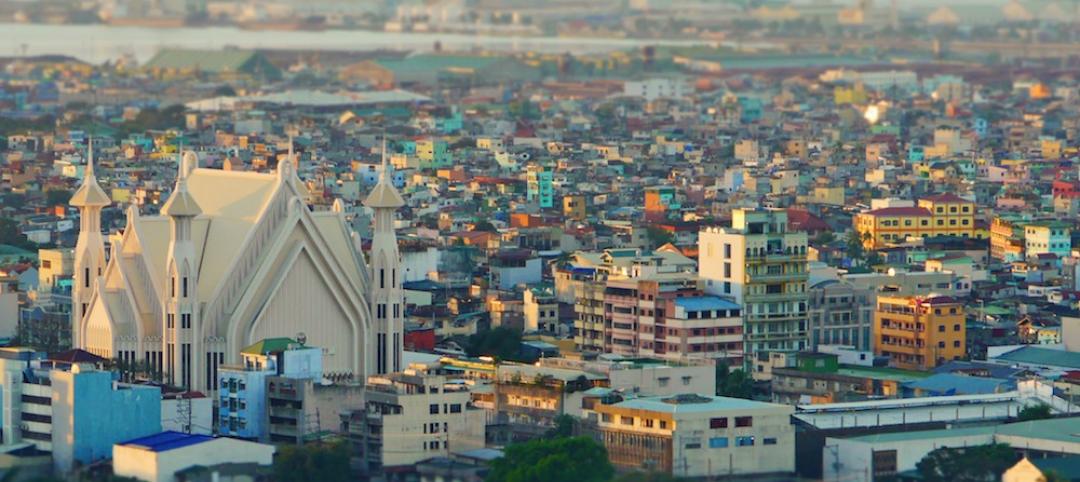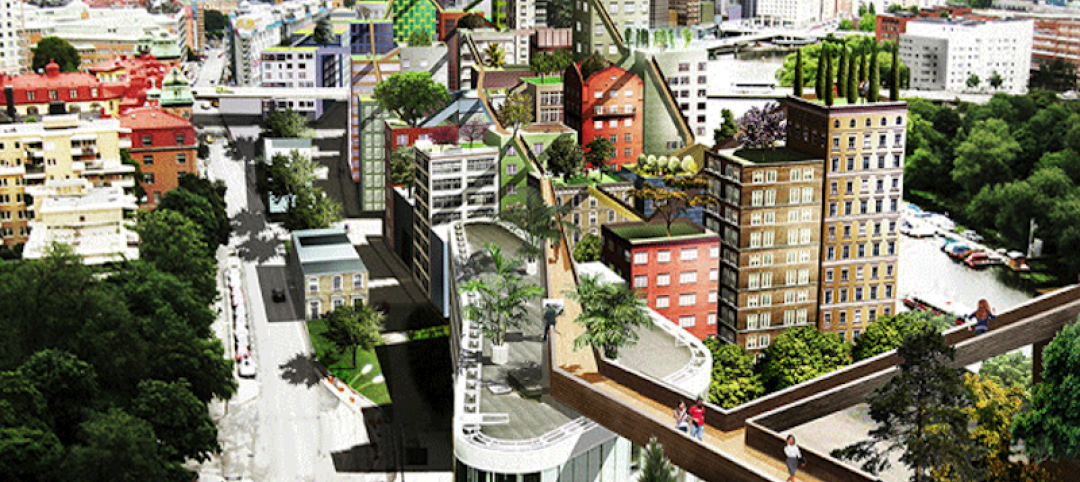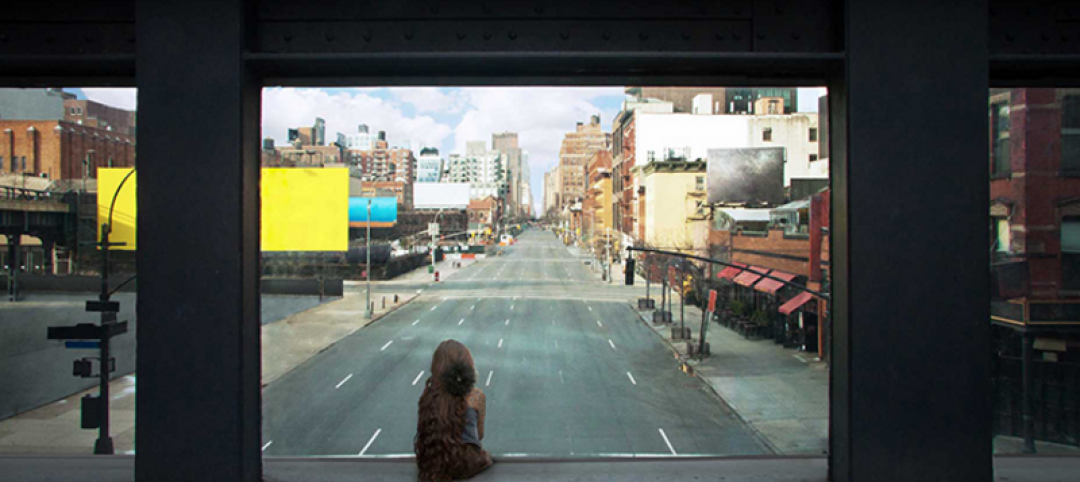In an op-ed in the June 19 Chicago Tribune, University of Notre Dame professor of architecture Philip Bess outlines a plan developed by graduate students Marie Acalin and Roger Foreman to locate the controvesial Obama Presidential Center to Chicago's Midway Plaisance, rather than the currently planned 20-acre site in Jackson Park.
The students' plan would provide new buildings for the University of Chicago, 4,200 apartments, and a new Ferris wheel overlooking Jackson Park. (The Ferris Wheel was introduced at the World's Columbian Expostion of 1893; the Midway Plaisance was a key design element of the fair.) Land-value taxation would be used "to stabilize property values and promote new building on vacant lots" in the adjacent Woodlawn neighborhood.
The Acalin/Foreman plan calls for preserving Lorado Taft's 1920 Fountain of Time and Peter Schaudt's 2005 Dr. Allison Davis Garden, while adding monuments to commemorate the Emancipation Proclamation and Rev. Martin Luther King, Jr.
"Chicago has a proud tradition of architectural modernism, but sometimes that tradition conspires with local development practices to get in the way of good placemaking, social solidarity, economic justice, and fiscal sustainability," writes Bess. "Consider for example Chicago’s Midway Plaisance and the controversies currently besetting the proposed Obama Presidential Center. Then consider how selected local traditions of classical humanist urbanism in tandem with some updated planning ideas could help Chicago resolve these controversies and simultaneously ennoble the Midway, the University of Chicago, the Obama Presidential Center, the adjacent Woodlawn neighborhood and ultimately Chicago itself."
Related Stories
Urban Planning | May 4, 2016
Brookings report details how different industries innovate
In the new report, “How Firms Learn: Industry Specific Strategies for Urban Economies,” Brookings' Scott Andes examines how manufacturing and software services firms develop new products, processes, and ideas.
Urban Planning | Apr 19, 2016
MVRDV wants to turn a former US Army barracks in Germany into a model for the future of suburban living
Blending traditional families with young couples and the newly retired, MVRDV hopes to transform traditional suburbs into diverse communities of shared experiences
High-rise Construction | Mar 10, 2016
Bigger, taller, wider: London’s skyline is about to have a major growth spurt
More than 100 tall buildings have been added to the plans for the capital city since this time last year, and the overall number of tall buildings planned for London is now over 400.
High-rise Construction | Feb 25, 2016
Kohn Pedersen Fox wants to build a mile-high tower in Tokyo
The tower would be the centerpiece of Next Tokyo, a mini city in Tokyo Bay adapted to climate change and rising tides.
Mixed-Use | Feb 18, 2016
New renderings unveiled for Miami Worldcenter master plan
The ‘High Street’ retail promenade and plaza is one of the largest private master-planned projects in the U.S. and is set to break ground in early March.
Green | Feb 18, 2016
Best laid plans: Masdar City’s dreams of being the first net-zero city may have disappeared
The $22 billion experiment, to this point, has produced less than stellar results.
Urban Planning | Feb 9, 2016
Winners named in 'reinventing Paris' competition
Architects submitted projects that redeveloped key parts of the city and incorporated green space features.
Urban Planning | Feb 2, 2016
Report identifies 600 cities that will drive economic growth through 2025
Of them, 440 are in emerging economies in China, South Asia, and Southeast Asia.
Urban Planning | Jan 21, 2016
Anders Berensson Architects re-imagines Stockholm as a city of skywalks
The Swedish firm’s "Klarastaden" plan connects the city via clear skyways that weave in and around the city’s buildings.
Urban Planning | Jan 19, 2016
Cities are booming, but do they have what it takes to sustain growth?
While cities are creating new jobs and attracting new residents, there are warning signs that suggest this current urban boom lacks the necessary sustainability that comes with focusing on the macro issues of community, affordibility, and displacement, writes Gensler’s Peter Weingarten.




